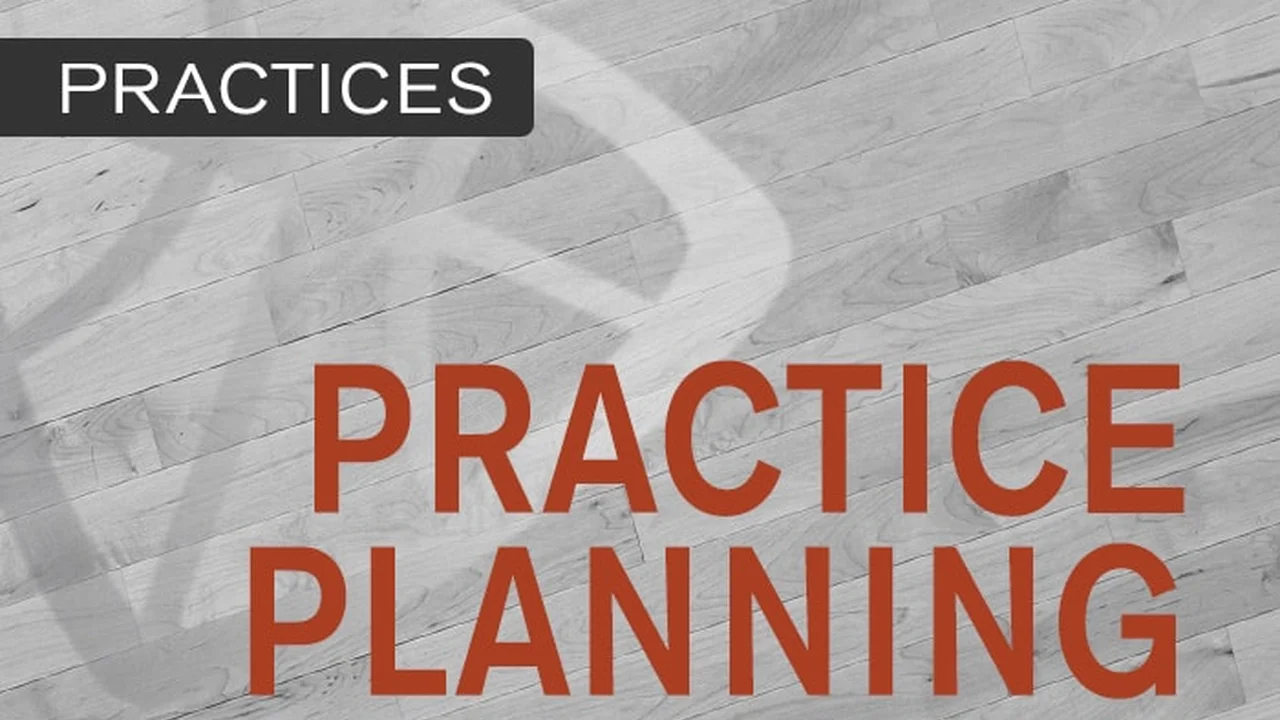3 Essential Steps for Wildlife Rehabilitation
Learn 3 essential steps for wildlife rehabilitation. Help injured or orphaned wild animals.

Learn 3 essential steps for wildlife rehabilitation. Help injured or orphaned wild animals. Ever stumbled upon a baby bird that’s fallen from its nest, or seen a squirrel hit by a car? It’s a heartbreaking sight, and your first instinct might be to rush in and help. That’s a wonderful impulse, but wildlife rehabilitation isn't just about good intentions. It’s a complex process that requires knowledge, patience, and often, professional intervention. This guide will walk you through three essential steps to take when you encounter an injured or orphaned wild animal, focusing on how you can make a real difference while ensuring both your safety and the animal’s well-being. We’ll cover everything from initial assessment to finding professional help, and even touch on some basic first aid you might be able to provide.
3 Essential Steps for Wildlife Rehabilitation
Step 1 Assessing the Situation and Ensuring Safety for Wildlife and Humans
Before you do anything else, take a deep breath and assess the situation. This is crucial for both your safety and the animal’s. Wild animals, even when injured or seemingly docile, can be unpredictable. They might bite, scratch, or carry diseases. Your primary goal here is to observe from a safe distance and determine if the animal truly needs help, and if so, what kind of help.
Initial Observation and Distance Assessment for Injured Animals
First, observe the animal from a distance. Is it visibly injured? Is it bleeding, limping, or showing signs of distress like rapid breathing or shivering? Is it a baby animal that appears to be alone? Sometimes, what looks like an orphaned animal might just be a parent foraging nearby. For instance, mother deer often leave their fawns alone for hours, and baby birds might be fledglings learning to fly, with parents still watching over them.
Look for obvious signs of injury: broken bones, open wounds, heavy bleeding, or difficulty moving. If the animal is lethargic, unresponsive, or circling, these are also red flags. If it’s a bird, check if its wings are drooping unnaturally or if it’s unable to fly. For mammals, look for signs of disorientation or unusual aggression.
Identifying Potential Dangers and Protective Measures for Wildlife Rescues
Consider the environment. Is the animal in immediate danger from traffic, predators, or extreme weather? If it’s in the middle of a busy road, that’s an immediate threat. If it’s a small animal in an open field with hawks circling, that’s also a concern. However, if it’s simply resting in a quiet, safe spot, it might be best to leave it undisturbed for a while and observe.
Your safety is paramount. Never approach an animal that appears aggressive, is large enough to cause serious injury (like a deer or a coyote), or is showing signs of rabies (foaming at the mouth, disorientation, unusual aggression). If you must approach a smaller animal, wear thick gloves to protect yourself from bites and scratches. Even a small squirrel can deliver a painful bite. If you don't have gloves, a thick towel or blanket can offer some protection.
When to Intervene and When to Leave Wildlife Alone
This is a critical distinction. Not every animal needs human intervention. Here’s a quick guide:
- Definitely intervene if: The animal is bleeding profusely, has an obvious broken limb, is shivering uncontrollably, is covered in flies or ants, is tangled in something (like fishing line), is attacked by another animal, or is in immediate danger (e.g., on a road, in a swimming pool).
- Intervene with caution if: It’s a baby bird on the ground (check for a nest nearby; you can often gently place it back), or a baby mammal that you’ve observed for several hours and the parent hasn't returned.
- Leave alone if: It’s a fledgling bird hopping on the ground (parents are usually nearby), a fawn lying quietly in tall grass (mother is likely foraging), or an adult animal that appears healthy but is just resting.
Remember, sometimes the best help is no help at all. Unnecessary intervention can cause more stress and harm to a wild animal.
Step 2 Contacting Professionals and Seeking Expert Wildlife Assistance
Once you’ve assessed the situation and determined that the animal likely needs help, the next crucial step is to contact a professional. Wildlife rehabilitation is a specialized field, and trained experts have the knowledge, permits, and facilities to provide the best care.
Finding Local Wildlife Rehabilitators and Animal Control Services
Do not attempt to care for a wild animal yourself unless you are a licensed rehabilitator. It’s illegal in many places, and you could inadvertently cause more harm. Your first call should be to a local wildlife rehabilitator. How do you find one?
- Online Search: A quick Google search for “wildlife rehabilitator near me” or “[your city/state] wildlife rescue” will often yield results.
- State Wildlife Agencies: Most state or provincial wildlife agencies (e.g., Department of Natural Resources, Fish and Wildlife Service) maintain lists of licensed rehabilitators.
- Veterinarians: While most vets don't treat wildlife, they often know local rehabilitators or can direct you to animal control.
- Animal Shelters/Humane Societies: These organizations sometimes have wildlife programs or can provide contact information for local experts.
When you call, be prepared to provide clear and concise information: the type of animal, its exact location, the nature of its injury or distress, and any observations you’ve made. They will guide you on the next steps.
Understanding Legalities and Permits for Wildlife Care
It’s important to understand that handling and possessing wild animals, especially migratory birds and endangered species, is often regulated by federal and state laws. Licensed rehabilitators have specific permits that allow them to care for these animals. Without these permits, you could face legal penalties. This is another strong reason to always defer to professionals.
What Information to Provide When Reporting an Injured Animal
When you make that call, here’s a checklist of information to have ready:
- Your Name and Contact Information: So they can reach you for follow-up.
- Exact Location of the Animal: Be as precise as possible (street address, cross streets, landmarks).
- Species of Animal: If you know it. If not, describe it (e.g., “small brown bird,” “grey squirrel,” “baby rabbit”).
- Observed Injuries or Behavior: “It has a broken wing,” “it’s bleeding from its side,” “it’s circling and disoriented,” “it’s a baby and the mother hasn’t been seen for 4 hours.”
- Your Current Actions: “I’ve placed a box over it,” “I’m observing from a distance.”
- Any Potential Dangers: “It’s near a busy road,” “there are cats in the area.”
The more information you can provide, the better equipped the rehabilitator will be to advise you or respond.
Step 3 Providing Temporary Care and Safe Transport for Wildlife
Sometimes, a rehabilitator might not be able to respond immediately, or they might ask you to transport the animal to their facility. In these cases, providing safe, temporary care is essential. Remember, this is only temporary, and the goal is to minimize stress and further injury.
Creating a Safe Temporary Environment for Injured Wildlife
If you need to contain the animal, use a cardboard box with air holes. The size of the box should be appropriate for the animal – large enough for it to stand and turn around, but not so large that it can injure itself by thrashing around. For birds, a smaller box is often better to prevent them from trying to fly and re-injuring themselves.
Line the bottom of the box with a soft, clean cloth (like an old t-shirt or towel) that won't snag claws or feathers. Avoid terry cloth towels for birds, as their tiny claws can get caught. Place the box in a quiet, dark, warm place away from pets, children, and loud noises. Darkness helps to calm the animal and reduce stress.
Basic First Aid and Comfort Measures for Wild Animals
Do NOT attempt to feed or give water to a wild animal unless specifically instructed by a rehabilitator. This is one of the most common mistakes people make. Injured or stressed animals can easily aspirate food or water into their lungs, which can be fatal. Their digestive systems might also be compromised, and the wrong food can cause severe issues.
If the animal is cold, you can provide a gentle heat source. A sock filled with uncooked rice and microwaved for 30-60 seconds, or a plastic bottle filled with warm water and wrapped in a towel, can be placed in the box next to the animal. Ensure there’s enough space for the animal to move away from the heat source if it gets too warm. Do not use electric heating pads directly, as they can cause burns.
Minimize handling. Every time you handle a wild animal, it causes immense stress. Only handle it if absolutely necessary for containment or transport, and do so gently and quickly.
Safe Transport Techniques for Injured or Orphaned Animals
If you are asked to transport the animal, keep it in the quiet, dark box. Place the box securely in your car, ideally on the floor behind the passenger seat, so it won't slide around. Avoid loud music, talking, or sudden movements. Drive directly to the rehabilitator’s facility. The less time the animal spends in transit, the better.
Upon arrival, follow the rehabilitator’s instructions. They will take over from there, providing specialized medical care, appropriate nutrition, and a safe environment for recovery before eventual release back into the wild.
Recommended Products for Emergency Wildlife Assistance
While direct intervention should always be limited, having a few basic items on hand can make a difference when you encounter an animal in need. These are for temporary containment and safety, not for long-term care.
Emergency Wildlife Rescue Kits and Supplies
An emergency kit can be simple but effective. Here are some items to consider:
- Sturdy Cardboard Boxes: Various sizes are useful. Think shoe boxes for small birds, medium moving boxes for squirrels or rabbits.
- Thick Gloves: Leather work gloves or heavy-duty gardening gloves are essential for protecting your hands.
- Old Towels or T-shirts: For lining boxes and providing warmth. Avoid anything with loose threads.
- Small Heating Pad (Chemical or Microwaveable): For providing gentle warmth. The HotHands Hand Warmers (around $1-$2 per pair) are great for small animals, providing hours of warmth. For something reusable, a Snuggle Safe Pet Bed Microwave Heatpad (around $20-$25) is excellent, staying warm for up to 10 hours.
- Duct Tape: For securing box flaps.
- Flashlight: Useful for nighttime observations or looking into dark spaces.
- Contact List: Keep a list of local wildlife rehabilitators, animal control, and emergency vet numbers in your phone or wallet.
Comparison of Containment Options for Different Animal Sizes
Choosing the right container is key to preventing further injury and stress.
- Small Birds (Sparrows, Finches): A small shoe box or a plastic container with air holes. The goal is to prevent them from flying.
- Medium Birds (Robins, Jays): A slightly larger cardboard box, like one for a small appliance.
- Small Mammals (Mice, Voles): A small plastic container with air holes, or a shoe box.
- Medium Mammals (Squirrels, Rabbits): A medium-sized cardboard box (e.g., 12x12x12 inches).
- Larger Animals (Raccoons, Opossums): These are best left to professionals. If you must contain one, a sturdy pet carrier (like the Petmate Vari Kennel, prices vary by size, typically $40-$100) can be used, but only if you can do so safely and without direct contact.
Always ensure adequate ventilation, but don't make the holes so large that the animal can escape or injure itself trying. The container should be dark and quiet once the animal is inside.
Essential First Aid Supplies for Human Safety During Wildlife Encounters
While the focus is on the animal, your safety is paramount. Having a basic human first aid kit is always a good idea, especially if you're in an area where you might encounter wildlife. This isn't for the animal, but for you, in case of an accidental scratch or bite.
- Antiseptic Wipes (e.g., BZK Antiseptic Towelettes): For cleaning minor cuts or scratches. A box of 100 costs around $5-$10.
- Band-Aids/Adhesive Bandages: Various sizes for covering wounds. A multi-pack is usually $5-$15.
- Antibiotic Ointment (e.g., Neosporin): To prevent infection in minor wounds. A small tube is typically $5-$10.
- Gloves: As mentioned, thick gloves for handling animals. For human first aid, disposable nitrile gloves (a box of 100 is around $10-$20) are good for preventing infection.
Remember, if you are bitten or scratched by a wild animal, even if it seems minor, it’s crucial to clean the wound thoroughly and seek medical advice, especially if the animal’s rabies vaccination status is unknown. Rabies is a serious concern with wild mammals.
By following these three essential steps – assessing the situation safely, contacting professionals, and providing temporary, safe care – you can play a vital role in helping injured or orphaned wild animals. Your thoughtful and informed actions can make all the difference in giving these creatures a second chance at life in the wild.
:max_bytes(150000):strip_icc()/277019-baked-pork-chops-with-cream-of-mushroom-soup-DDMFS-beauty-4x3-BG-7505-5762b731cf30447d9cbbbbbf387beafa.jpg)






